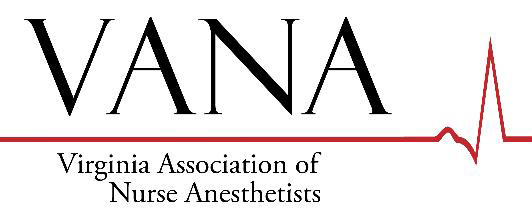Where in the world are Virginia CRNAs? Tom Radel and Jean Snyder: Philippines
For Virginia certified registered nurse anesthetists (CRNAs), helping patients doesn’t stop at hospital borders. In October 2022, Tom Radel and Jean Snyder, both veterans of medical mission trips, traveled to Salcedo, Eastern Samar, Philippines to work with local medical providers and provide aid to vulnerable community members. The trip marks Tom’s 15th mission and Jean’s fifth, banner years for the pair, who met in Buffalo, New York when Tom served as Jean’s mentor as a new university graduate.
Travel to Salcedo is no small undertaking – team members took multiple flights to meet up in-country in Manila, to travel closer to Tacloban, and then proceeded by car an additional four hours until they reached their final destination. Throughout the journey, CRNAs carried bags weighing exactly fifty pounds, the airline weight limit, loaded with medical supplies for the rural and underserved hospital where the team would be working.
Built in 2019, the Salcedo hospital has not performed any surgeries due to the COVID-19 pandemic. The nearest facility that can accommodate GYN surgery is the Eastern Visayas Regional Medical Center, four hours away in Tacloban, Leyte, which is currently experiencing an extreme backlog of patient care for the same reason. For women in the region, the prohibitive cost of care and lack of access to specialty care keeps many from seeking out necessary medical procedures. Medical missions like this one open the door to free, quality care as well as additional exposure to western education for local medical professionals.
The first step for any medical mission is establishing an operating room. In this case, the OR was packed in with supplies carried in luggage by Tom, Jean, and the rest of the team, who were traveling from Northwestern in Chicago. The operating room included two beds per OR room, as well as a circulating nurse between the two tables. On this trip, Tom supervised the building of an Eternity anesthesia machine through pictures on Facebook messenger – successfully!
One of the most rewarding experiences of the trip was being able to work with local physician anesthesiologists and share knowledge and best practices. For this reason, every U.S. team member is paired with a partner from the Philippines.
In the Philippines, once a physician anesthesiologist graduate has finished their training, they must spend one year traveling to underserved areas to practice. This provides both teams the opportunity to talk about differences in practice, to learn, and to safely improvise when supplies are limited. The experience allowed one recent graduate an initial exposure to the Glidescope as well as end tidal CO2 detectors, which he would not have used without U.S partners.
In the lead up to a trip, teams are never certain of the challenges they’ll face in-country. This time, we were faced with numerous issues, including one bed that didn’t have the ability to change positions, forcing us to select patients with operations that allowed spinals and supine positioning. We learned a new way to make extension tubing and to fill a sevoflurane vaporizer when the machine fill port did not match the bottle spigot. Each challenge was worthwhile when we successfully performed surgery for 40 patients, including delivery of the first baby by c-section at the hospital! Our trip included no major complications and no post-surgical infections.
It is a challenge practicing medicine in a new country, with a team that has only come together for a short time. But within that challenge comes the opportunity to learn, to grow, to improve the lives of others, and to become a better CRNA for patients back home and abroad.
Are you a CRNA preparing for a medical mission abroad? Tell us about it!
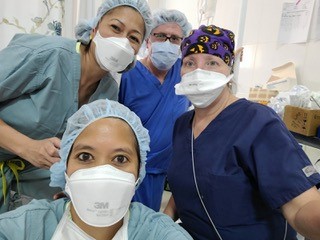
Picture 1: Tom and Jean with 2 OR nurses from Northwestern
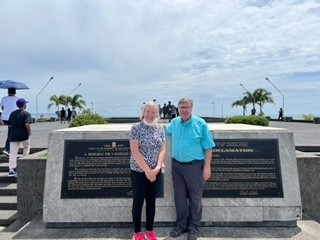
Picture 2; Tom and Jean at the McArthur memorial in Tacloban

Picture 3: Jean in OR

Tom in OR
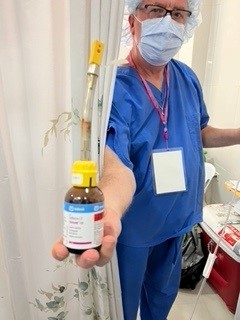
Tom with sevoflurane in a forage bottle as a workaround to fill vaporizer
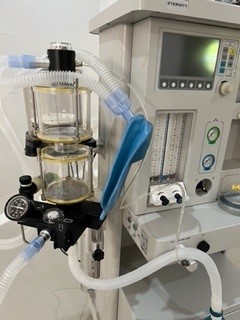
our anesthesia machine (a very different configuration than in the US) note the location of the soda lime
